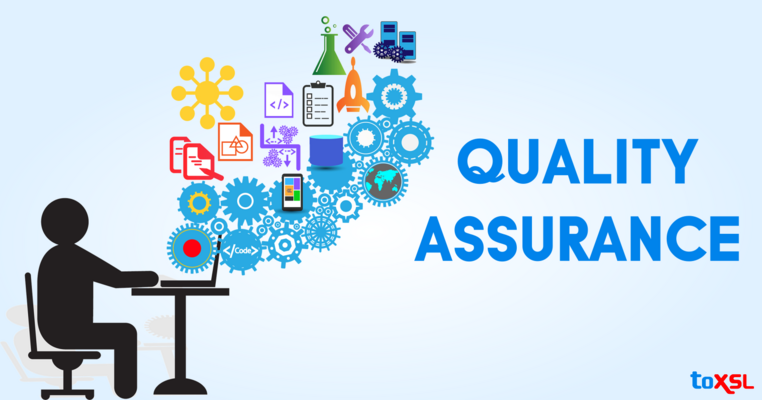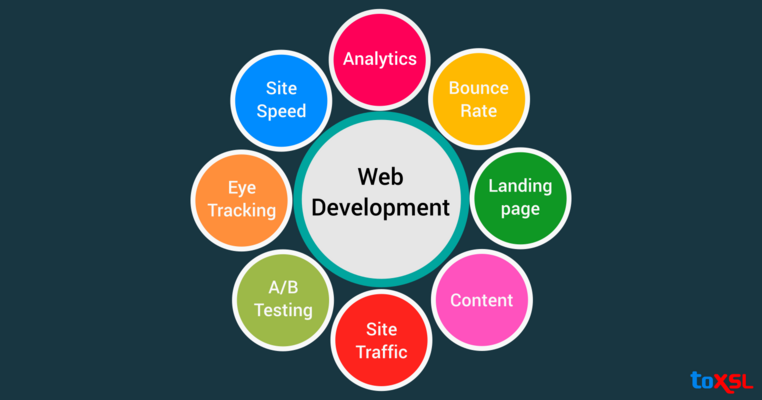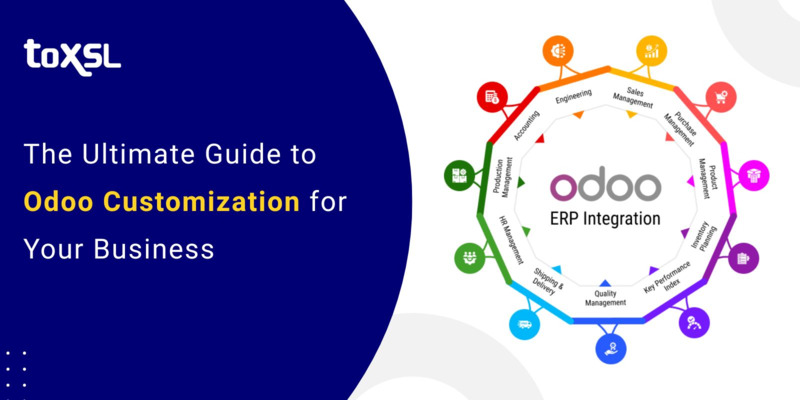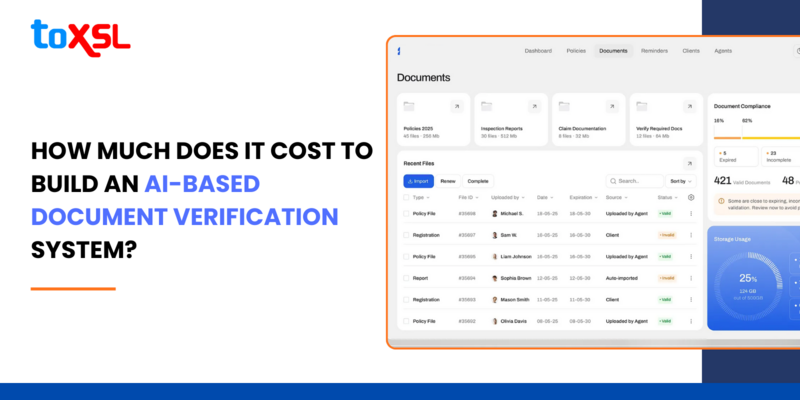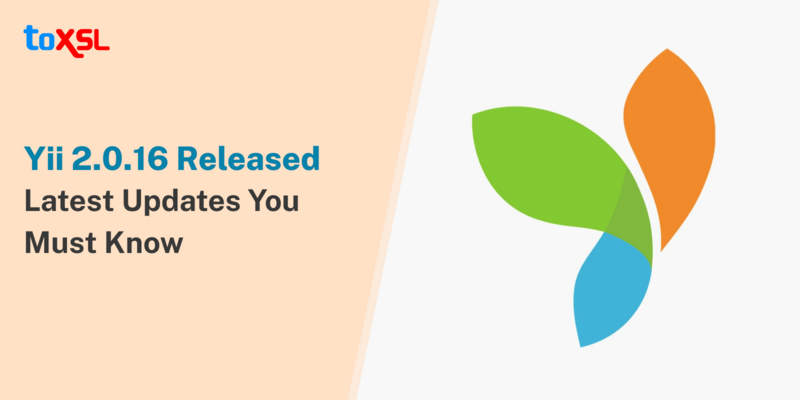- Jul 14, 2025
Share this post on:
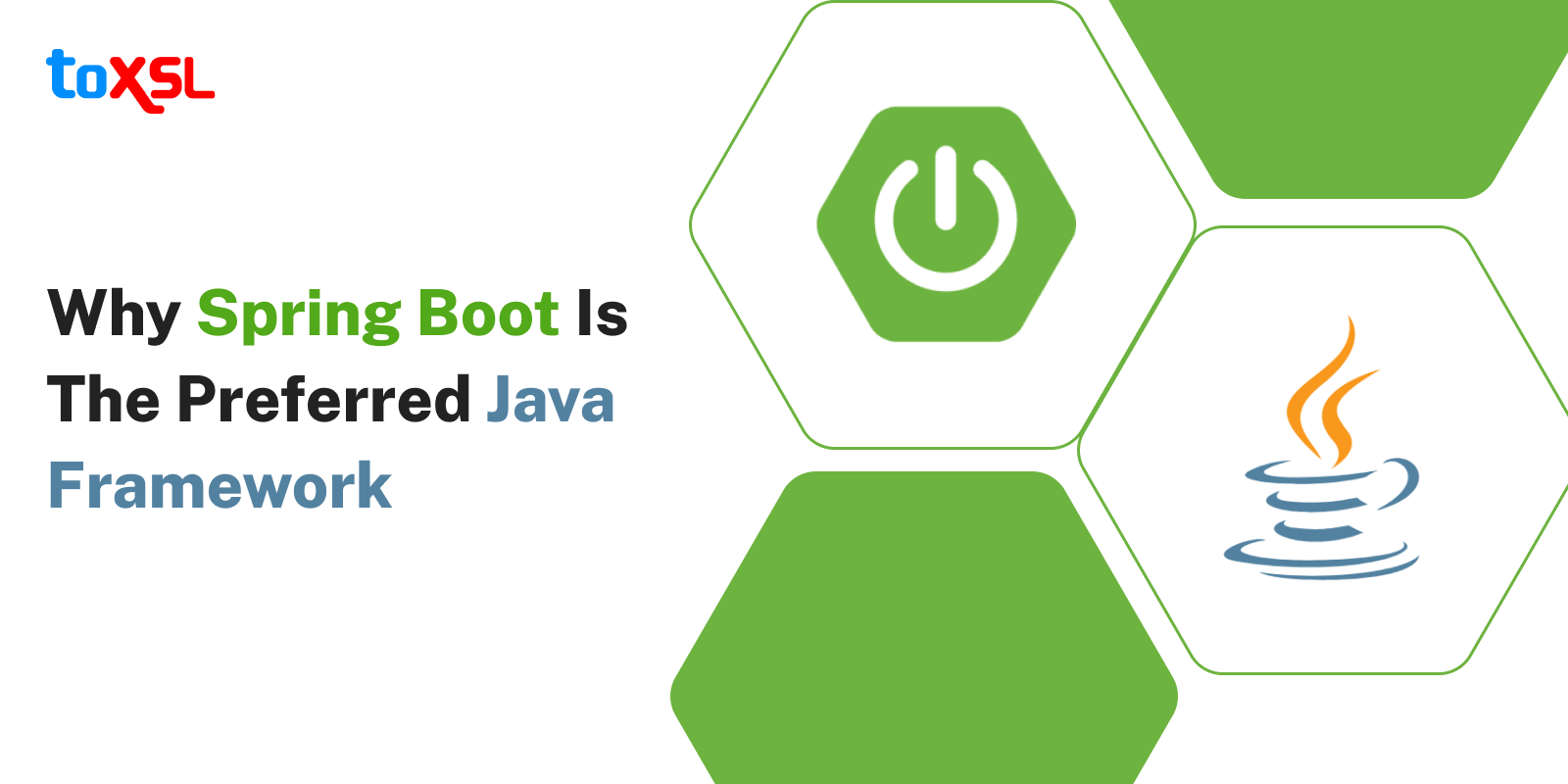
Java has been a cornerstone of enterprise software development for decades, powering everything from small-scale applications to large, distributed enterprise systems. Among the myriad frameworks available to Java developers, Spring Boot has emerged as the preferred choice for building modern, scalable, and robust applications. Its rise in popularity is no coincidence; it addresses many of the traditional complexities and pain points associated with Java development.
In this blog, we’ll explore the key reasons why Spring Boot is the go-to framework for Java developers and organizations alike, highlighting its features, benefits, and the value it brings to modern software projects.
Understanding Spring Boot: A Brief Overview
Spring Boot is an open-source Java-based framework designed to simplify the process of creating stand-alone, production-grade Spring applications. It is built on top of the Spring Framework, which itself is a comprehensive ecosystem for enterprise Java development. While the Spring Framework offers great flexibility and power, it also comes with configuration complexity and a steep learning curve.
Spring Boot aims to reduce this complexity by offering convention over configuration, auto-configuration, and embedded servers, allowing developers to focus more on application logic rather than boilerplate setup. This makes it easier and faster to develop microservices, REST APIs, and cloud-native applications.
Key Reasons Why Spring Boot is Preferred
1. Simplified Configuration and Auto-Configuration
One of the biggest challenges with traditional Java development and even the earlier Spring Framework versions is managing complex XML or annotation-based configuration files. Spring Boot eliminates most of the manual configuration by auto-configuring components based on the dependencies you add to your project.
For example, if you include a database dependency like H2 or MySQL, Spring Boot automatically configures a datasource for you. This significantly reduces development time and errors, enabling developers to start coding business logic immediately.
2. Standalone Applications with Embedded Servers
Unlike traditional Java web applications that require deploying WAR files to external servers such as Apache Tomcat or Jetty, Spring Boot allows you to create standalone applications with embedded servers. This means your app runs as a simple Java process with an embedded Tomcat, Jetty, or Undertow server.
This approach simplifies deployment and testing because you no longer need to configure and manage external application servers. It also aligns perfectly with modern containerized environments such as Docker, making it ideal for microservices architectures.
3. Opinionated Defaults
Spring Boot embraces the philosophy of “opinionated defaults”, which means it provides sensible default settings based on best practices and common use cases. Developers can still override these defaults, but for many projects, the out-of-the-box setup is sufficient.
This reduces the cognitive load on developers, particularly those new to Spring, allowing them to quickly build applications without worrying about intricate configuration details.
4. Comprehensive Ecosystem and Integration
Spring Boot integrates seamlessly with the vast Spring ecosystem, including projects such as Spring Data, Spring Security, Spring Cloud, and Spring Batch. This comprehensive ecosystem allows developers to incorporate features like database access, security, messaging, batch processing, and cloud-native support with minimal effort.
For example, Spring Data provides a consistent programming model to work with various databases and NoSQL stores, while Spring Security offers robust authentication and authorization capabilities.
5. Rapid Development and Prototyping
Thanks to its streamlined setup, embedded server, and auto-configuration, Spring Boot greatly accelerates development cycles. Developers can quickly create prototypes, test new features, and iterate on applications. The framework also includes a developer-friendly CLI tool and supports hot reloading, which further enhances productivity.
This speed makes Spring Boot a favorite among startups and enterprises looking to shorten time-to-market without sacrificing quality.
6. Strong Community Support and Documentation
Spring Boot benefits from the large, active Spring community backed by Pivotal (now VMware Tanzu). This means plenty of tutorials, guides, plugins, and third-party tools are readily available. Extensive official documentation and regular updates ensure that developers have the support and resources they need.
Moreover, a thriving ecosystem means issues are identified and resolved quickly, and new features are regularly introduced, keeping the framework relevant and secure.
7. Microservices and Cloud-Native Readiness
Spring Boot is designed with microservices architecture in mind. Its lightweight nature and modular design allow developers to build independently deployable services that are easy to manage and scale.
When combined with Spring Cloud, developers gain powerful tools for service discovery, configuration management, circuit breakers, load balancing, and distributed tracing. This makes Spring Boot an ideal choice for modern cloud-native applications deployed on platforms like Kubernetes and AWS.
8. Testing Support
Testing is a critical part of any software development lifecycle, and Spring Boot offers comprehensive support for writing unit and integration tests. It provides pre-configured test annotations, utilities for mocking and test slices, and easy database integration for tests.
This robust testing infrastructure helps maintain high code quality and reliability, ensuring that applications behave as expected.
With the new developments in the technological world, the Java platform has introduced a Spring framework that is a popular application framework and inversion of control container. It is the most well known and widely used Java Framework. The SpringBoot is considered as a totally new project and is a framework created on the top of the existing framework. This framework facilitates the bootstrapping and the development of new Spring applications.
Being a Spring's convention-over-configuration solution, the SpringBoot application helps in creating stand-alone, production-grade Spring-based applications that one can only run. It disentangles the process for configuring as well as deploying the spring applications. Following are the key reasons why SpringBoot is so much popular:
SpringBoot: A Reliable Web App Development Framework
Drastic Increase in developer Productivity: SpringBoot's ground-breaking auto-configuration mechanism makes it simple to get started with a Spring-based application. Most importantly, SpringBoot offers a wide array of Starters which is more than adequate for many applications. You can create a fully-functional REST API backed by a database. This lowers the entry barrier for newbies and for those individuals who are familiar however tired of writing it over and over again.
Simplified Higher Level Abstractions: One of the essential objectives of Spring and SpringBoot is to make things easier. Spring portfolio has its own powerful Web MVC framework, Spring Security framework yet the majority of its other projects are to provide higher level abstractions to make them easier for users. Spring AMQP provides higher-level abstractions so you can undoubtedly work with RabbitMQ without writing low-level boilerplate code.
Microservices and Cloud Native Friendly: Microservice architecture is the latest hot trend now and numerous organizations prefer microservices architecture and need to deploy them in Cloud environments like AWS and CloudFoundry etc. Usually, SpringBoot applications are built as self-contained deployment units and using its profiles concept we can deploy the same application in different conditions with no code changes.
Addresses Modern Business Needs: Modern application needs have changed and are consistently changing so quickly. We cannot wait for 3 to 4 years release cycle to get new features. We require frameworks with rapid release cycles to help their business needs.
Spring at its core is just a Dependency Injection container. However, the power of Spring comes from its rich set of portfolio projects. Whether you need to utilize NoSQL databases, you need a robust Security framework, you need to integrate with Social platforms, you need to work with Big Data frameworks, or you want to utilize Streaming platforms like Kafka, you are altogether secured with SpringBoot.



